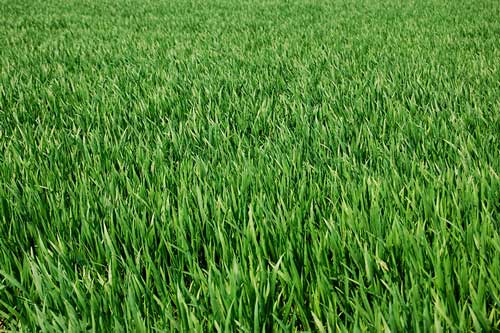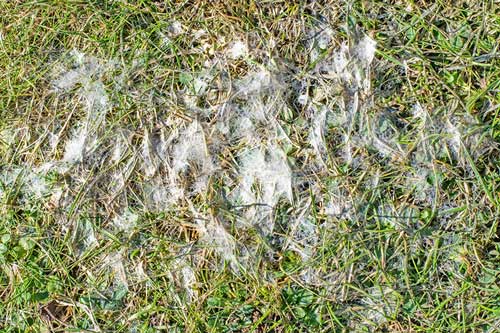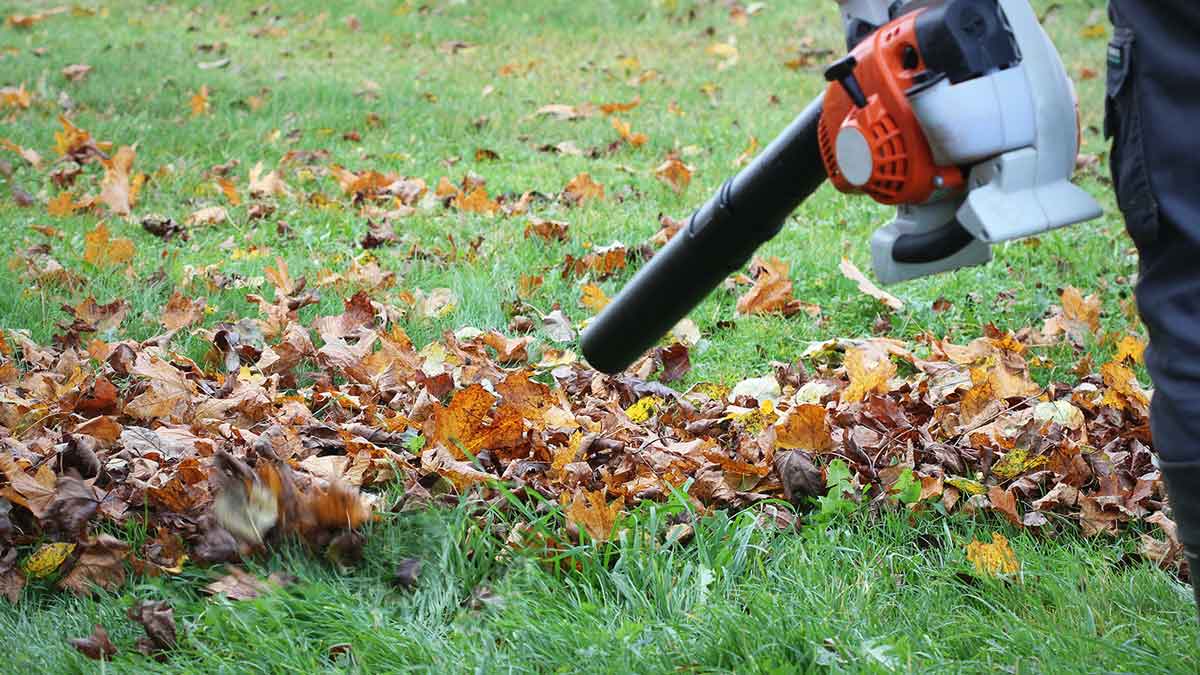- Steps to Winterizing Your Lawn for a Healthy Spring
- 1. Assess Your Lawn’s Health Before Winter Arrives
- 2. The Importance of Fall Fertilization for Winter Protection
- 3. Aeration and Overseeding for Stronger Grass
- 4. Mowing and Raking Strategies Before the First Frost
- 5. Adjusting Irrigation Practices for Winter Conditions
- 6. Winter Pest Control: Protecting Your Lawn from Seasonal Threats
- 7. Mulching and Protecting Landscape Beds
- 8. Preparing Your Lawn for a Healthy Spring
- Need Expert Help with Winter Lawn Care?
Steps to Winterizing Your Lawn for a Healthy Spring
As temperatures drop and winter approaches, preparing your lawn for the cold months ahead is crucial for a lush, healthy lawn in the spring. Without proper winterization, your grass may struggle to recover from frost, snow, and winter pests. This guide will walk you through the essential lawn care steps to protect and prepare your lawn before the first freeze.
1. Assess Your Lawn’s Health Before Winter Arrives
Before diving into winterization, take the time to assess your lawn’s current condition. Look for weak patches, compacted soil, and signs of disease or pests. If you’ve noticed excessive thatch buildup, discoloration, or thinning grass, these issues should be addressed before winter sets in.
Key Steps:
- Inspect your lawn for diseases like snow mold and brown patch.
- Check for pests such as grubs and armyworms that can linger through winter.
- Identify compacted areas that may require aeration.
2. The Importance of Fall Fertilization for Winter Protection

Strong roots, healthy lawn! Fall fertilization prepares your grass for winter dormancy and a lush green return in spring.
A late-fall lawn fertilization application is one of the most important steps in winterizing your lawn. Fertilizer provides essential nutrients that help grass roots grow strong and store energy for the winter months.
Why Fall Fertilization Matters:
- Strengthens roots to withstand winter stress.
- Encourages early green-up in spring.
- Prevents nutrient deficiencies that weaken grass over winter.
Choose a slow-release nitrogen fertilizer designed for winter preparation. Apply before the ground freezes to allow nutrients to penetrate the soil and nourish the root system.
3. Aeration and Overseeding for Stronger Grass
Lawn aeration helps relieve soil compaction, allowing water, oxygen, and nutrients to reach the roots more effectively. Combining aeration with overseeding improves your lawn’s density and resilience. Following best practices for aeration and overseeding ensures your lawn remains thick and healthy.
Best Practices for Aeration & Overseeding:
- Use a core aerator to remove small plugs of soil, promoting deeper root growth.
- Spread cool-season grass seed, such as Kentucky bluegrass or fescue, to fill in weak areas.
- Keep soil moist after overseeding to encourage germination.
4. Mowing and Raking Strategies Before the First Frost
Proper mowing and leaf management can significantly impact lawn health before winter. Leaving grass too tall can create a breeding ground for snow mold, while excessive leaf cover can suffocate your lawn.
Tips for Pre-Winter Lawn Mowing:
- Gradually lower mowing height to 2.5 to 3 inches for cool-season grass.
- Avoid scalping the lawn, which can weaken root systems.
- Rake and mulch leaves to prevent matting and improve soil health.
5. Adjusting Irrigation Practices for Winter Conditions
While many homeowners assume their lawn doesn’t need water in the colder months, proper hydration before winter is essential. Dry grass is more susceptible to winter damage. Following lawn irrigation system winterization tips will help prevent costly repairs and ensure a smooth start in spring.
Winter Watering Guidelines:
- Reduce watering frequency but ensure your lawn gets 1 inch of water per week until the ground freezes.
- Water in the morning to allow moisture to absorb before freezing temperatures hit.
- Drain and winterize your irrigation system to prevent pipe damage.
6. Winter Pest Control: Protecting Your Lawn from Seasonal Threats

Snow mold alert! This fungal disease thrives in cool, wet conditions, leaving unsightly patches on your lawn. Prevent it with proper fall lawn care and winter pest control!
Winter doesn’t mean pests disappear entirely. Certain insects and rodents become active in colder months, leading to potential damage. Implementing winter pest control for lawns ensures your grass remains pest-free throughout the season.
Common Winter Lawn Pests:
- Voles: These rodents create tunnels under the snow, damaging grass roots.
- Grubs: Some species continue feeding underground in winter.
- Snow mold: A fungal disease that thrives in cool, wet conditions.
Consider applying preventative pest control treatments before winter and maintaining a tidy lawn to reduce nesting areas.
7. Mulching and Protecting Landscape Beds
In addition to protecting your lawn, don’t forget about your landscape beds and shrubs. Mulching insulates the soil, helping roots retain moisture and preventing temperature fluctuations that cause stress.
Best Practices for Winter Mulching:
- Apply a 2- to 3-inch layer of mulch around trees and shrubs.
- Use organic mulch like shredded bark, straw, or compost for added nutrients.
- Avoid piling mulch against tree trunks to prevent rot.
8. Preparing Your Lawn for a Healthy Spring
Once you’ve completed the winterization steps, your lawn will be in prime condition for a strong comeback in the spring. Be prepared for early maintenance, including raking, fertilization, and pre-emergent weed control, as soon as temperatures rise.
Taking the time to winterize your lawn now will save you from costly repairs and weak turf next year. With proper care, your grass will emerge healthier, greener, and ready to thrive!
Need Expert Help with Winter Lawn Care?
Winterizing your lawn can feel overwhelming, but you don’t have to do it alone. Aspen Lawn & Pest Control offers expert aeration, overseeding, fertilization, and irrigation winterization services to keep your lawn in peak condition. Our team ensures your grass is prepped for winter and ready to thrive when spring arrives.
Contact us today to schedule your winter lawn care services or request a Free Estimate!


Socials